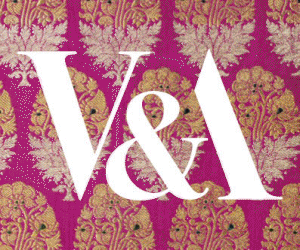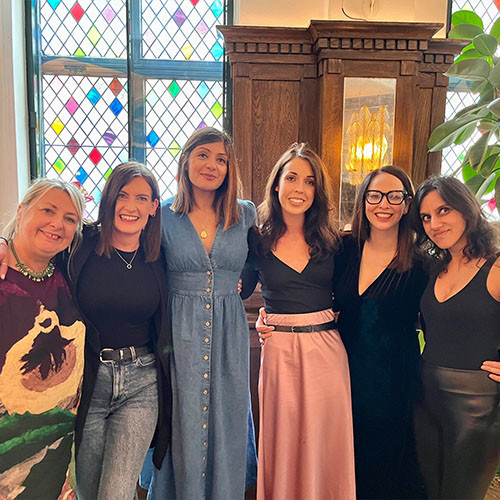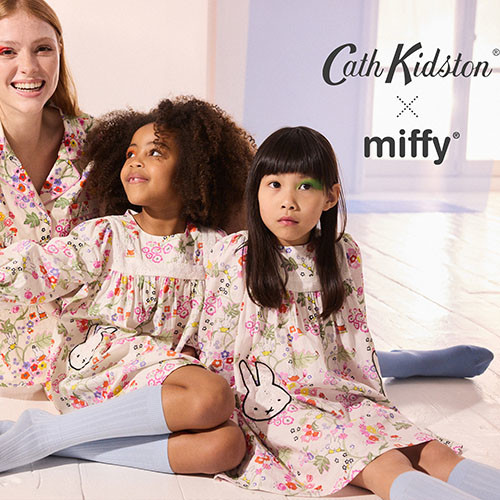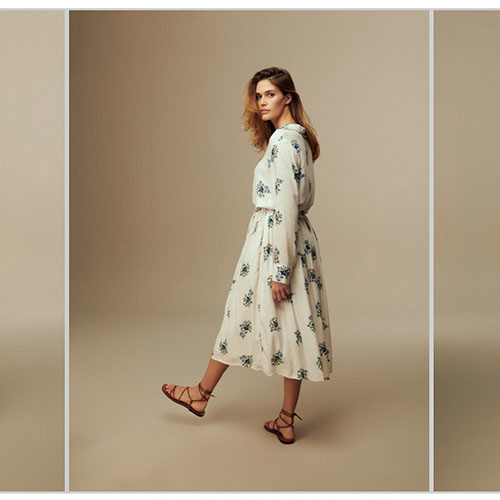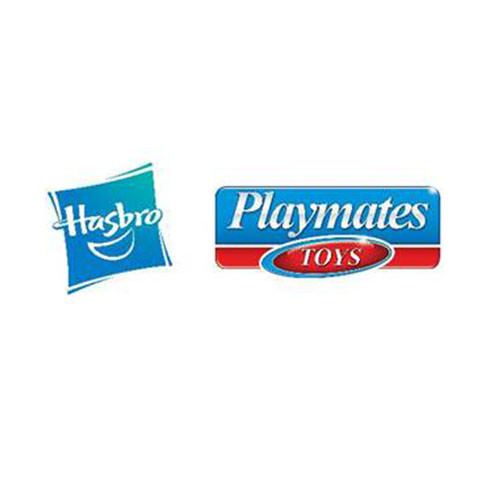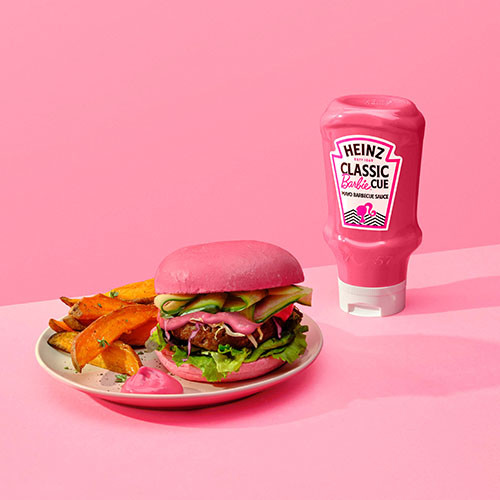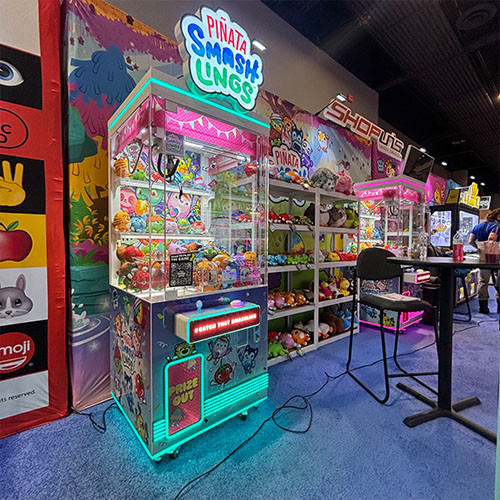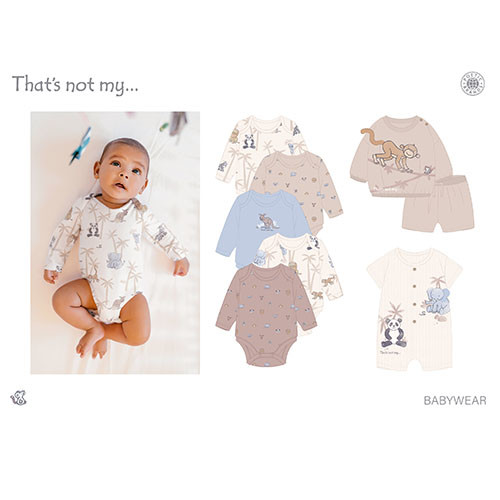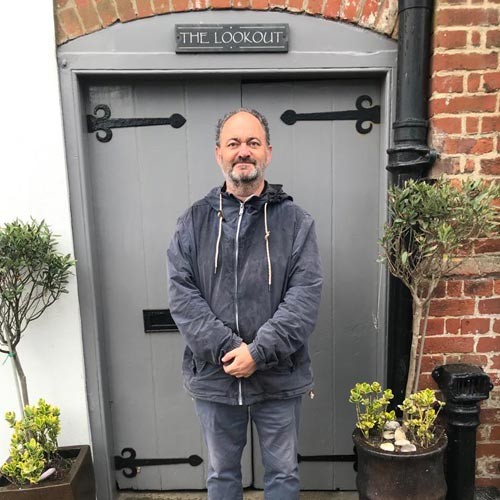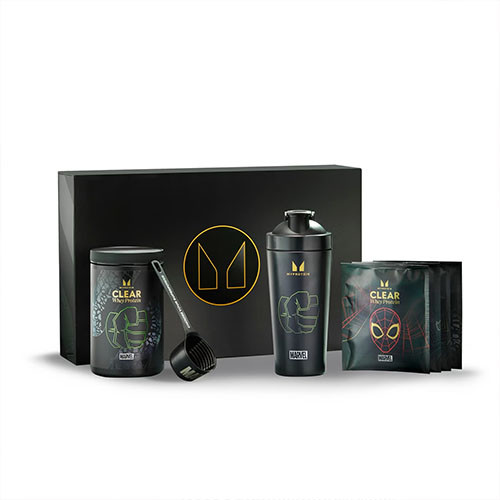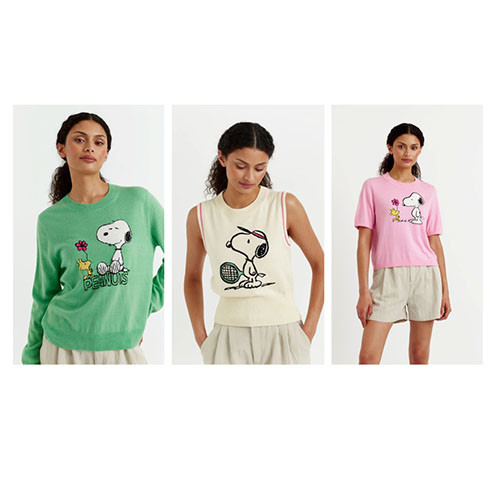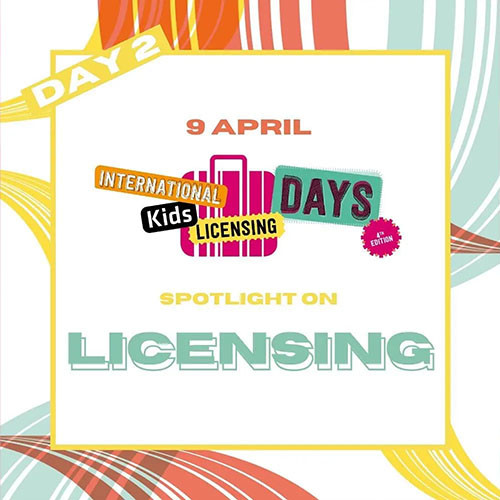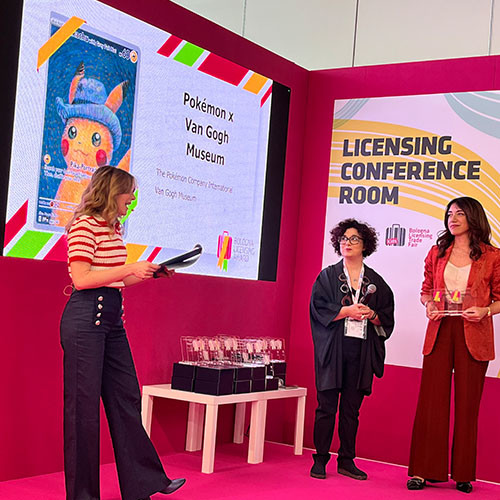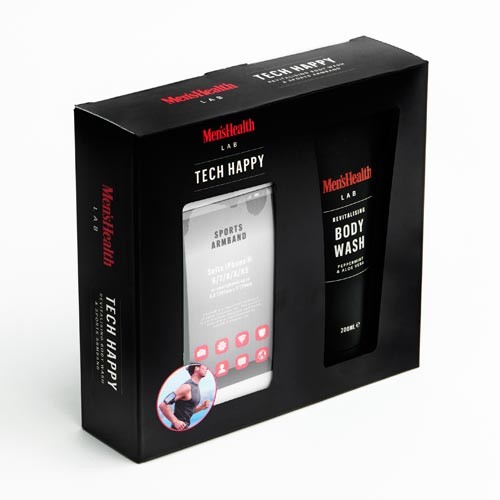Start Licensing’s Ian Downes on how the sector is a great testimony to how licensing can help rights owners develop their business.
The museum and heritage sector in licensing has been one that seems to have gone from strength to strength in recent years. Lead by museums such as the V&A, Natural History Museum and the Science Museum, it is fair to say that the sector is on the licensing map more than ever.
A good measure of this is the fact that licensing programmes and products from this sector regularly pop up as nominations at licensing awards ceremonies. For example, in the forthcoming Licensing International awards the V&A is nominated twice in the apparel category for its ranges with People Tree and Coco de Mer alongside products featuring the likes of Harry Potter, Sesame Street and Coca-Cola. Heritage brands also feature in other categories such as food and drink with nominations for the V&A and the New York Botanical Gardens. Interestingly the V&A’s nomination is for a tea range developed with Twinings. Working with well known brands such as Twinings is a further measure of how heritage licensing is now perceived and has progressed.
Museums and galleries engage with licensing for a range of reasons, but generally motivators include revenue generation coupled with a desire to ‘spread the word’ about their collections and creating higher spec products. Revenue is a key driver and will probably be even more so post-lockdown. Museums and galleries have been closed down which cuts off revenue streams such as donations, shop income and income from exhibitions or private events. Of course, museum life is not all about money – there is clearly a cultural and educational aspect of their role as well.
So it has been interesting to see how museums have responded to the lockdown. Many of them have developed virtual tours and ways of allowing the public to access other content.
For example Amsterdam’s Van Gogh Museum has put together seven virtual tours which are available on YouTube (above) and allow you to be ‘alone’ in the Museum. Well worth visiting. My own client The Ashmolean Museum in Oxford has an extensive online gallery which allows online visitors to look at exhibits one by one whilst they have worked with the BBC to create a TV show on BBC4 that saw presenter Simon Schama ‘host’ a tour of its Young Rembrandt exhibition. That is still available on iPlayer.
Hopefully the fact that the museums have taken a proactive approach to making their content available virtually will stand them in good stead post-lockdown and people will feel encouraged to visit the ‘real’ places. Who knows, they may have connected with new visitors and consumers. Some of the museums’ retail outlets have stayed open online but not all.
Generally museum and gallery shops are always interesting places to visit and are places that you can find unique products. They tend to blend exclusive own brand lines that are created for the shops with licensed ranges and exhibition specific merchandise. Particular favourites of mine in London are the Tate Gallery, the Imperial War Museum and the London Transport Museum shops – always a good source of Christmas and birthday presents. They have proved to be good Lookout spots over the years. Licensing wise, while licensees may get listed in ‘official’ shops, a key to heritage licensing is to deliver a programme that lives beyond the museum and delivers wider distribution which could include online retailing.
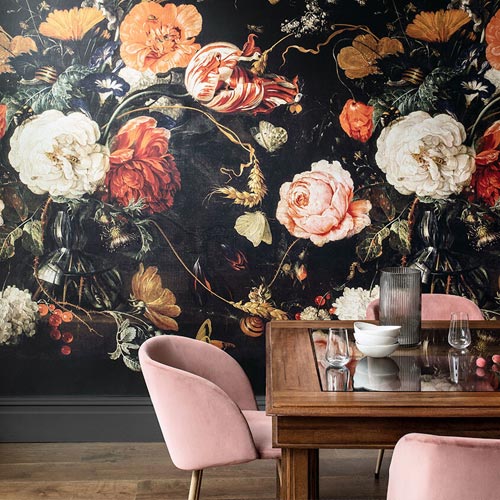
A good example of a licensee that has succeeded in the heritage sector is Surface View. It is an online business that represents a broad collection of licences including a number from the heritage sector including The Ashmolean Museum, National Gallery, V&A and Museum of London. It offers a range of print on demand products for homes and offices including ceramic tile murals, window films and wallpaper murals. It is a custom print service and allows museums to reach consumers but also end users such as design companies, hotel groups and interior designers. It works hard at consumer PR and manage to get its products featured in a range of magazines. This in itself helps museums reach beyond the normal press circuit.
Using museum and galleries content in areas like wallpapers, paints and home decor seems to be a vibrant area for heritage licensing. I received my National Trust members’ magazine this week which includes a full page advert for paint company Little Greene. Little Greene is a National Trust licensee. It has developed a paint and wallpapers collection influenced by National Trust properties and heritage. Such a partnership has an authenticity to it and showcases the National Trust’s properties well. It is also a category that fits the heritage sector well and seems very appropriate.
Another similar example is the Van Gogh Museum’s deal with BN Walls for wall coverings. Deals like these also help shift consumers’ perception of collections and artists – helping them to become more accessible. For some people going to museums and galleries can be intimidating or ‘not for them’. Seeing and liking designs in a different context can help break down barriers and encourage consumers to visit museums and galleries to see more.
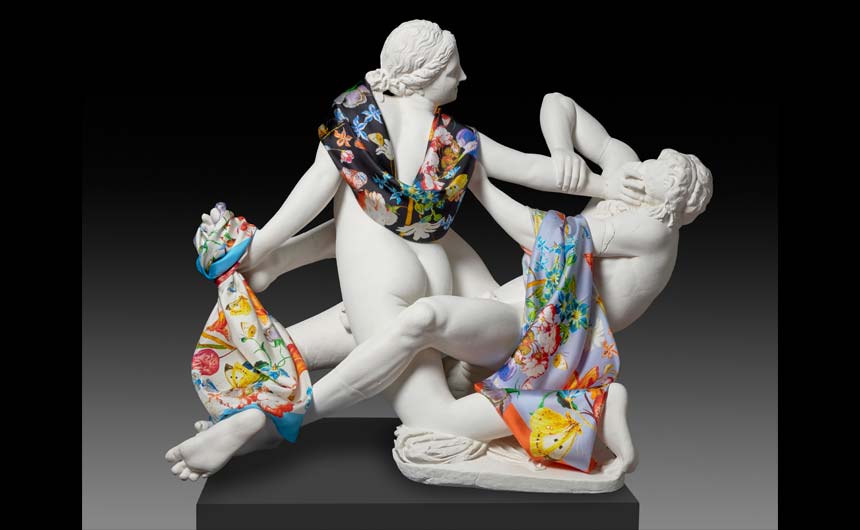
There are also some great examples of smaller companies using heritage licensing cleverly to build their businesses and their profile. One of the Ashmolean’s licensees is PJ Studio Accessories. It has developed a line of silk twill scarves featuring artworks from the Ashmolean. Designs include details from paintings in the collection and focus on specific design details.
PJ Studio Accessories has been able to undertake product photo shoots at the Ashmolean, which in turn has helped it with trade and consumer PR. A licence of this kind has helped the licensee achieve stand out in a competitive market space. While at trade shows like Top Drawer, it has helped it project a strong offer to the trade.
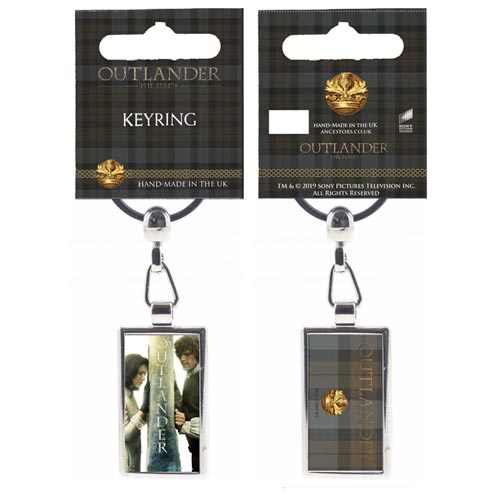
A specialist supplier in the heritage sector is Ancestors. It has a hybrid business model in the sector mixing direct supply to museums with a licensed range. It manufactures some of its products in the UK which helps with lead times and being responsive to museums’ specific requirements for ‘own brand’ products. It has also recognised that carefully selected licences can be sold into the heritage sector.
I have worked with the company and Aardman on a range of merchandise featuring Wallace & Gromit. This range was developed with science, industrial and technology museums in mind. Often the smaller to medium sized establishments can’t afford to develop a bespoke merchandise programme so being able to buy into this range is attractive to them.
Ancestors has developed a similar collection with Horrible Histories for castles, historic homes and sites, while it has an Outlander licence that sells well in Scotland appealing to visitors seeking out locations from the TV series. Of course, Ancestors’ sales and distribution have been impacted by current events, but it is to be hoped its licensing portfolio will help it recover as it extends the reach. It also licences from the heritage sector and has developed ranges like jewellery collections over the years.
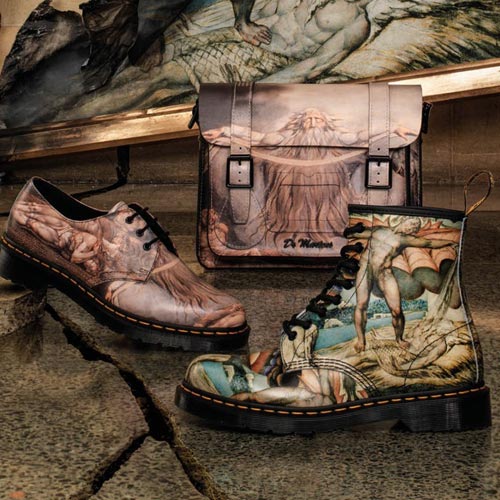
The heritage licensing sector has also been very adept at grasping new and contemporary opportunities. I remember seeing a range of Dr Martens boots developed in conjunction with the Tate Gallery. These featured artwork from William Blake. I regret not buying a pair at the time. I am guessing this sort of partnership helps keep things fresh and contemporary. The Tate range was featured in-store, online and in window displays in prime locations like Carnaby Street.
Again, this delivers marketing reach and connects the Tate with new consumers. For companies like Dr Martens it helps them explore a diversity of design themes and, of course, access artwork that is unique.
Other fashion brands such as Vans have dipped into the heritage sector giving a further indication of the sector’s vibrancy and appeal. On a visit to the Van Gogh Museum last year a range of skateboard decks caught my eye. Cleverly displayed in the shop, the boards were a great example of how classic artwork can be used in a contemporary context successfully. The boards are available outside the museum so again new routes to market have been found and the museum has gained a profile in areas that perhaps its standard marketing isn’t reaching.
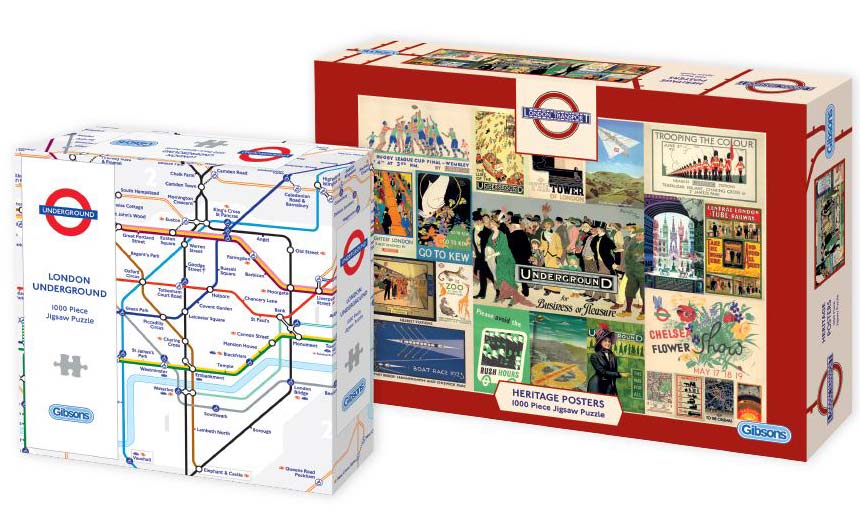
It is also interesting to see how long-term licensees such as Gibson’s Games are embracing heritage licensing. It has worked with Transport for London for some time I believe on a card game called Mind the Gap based on the London Underground. This partnership has now been expanded to include four jigsaw puzzles and a couple of new games. The jigsaw puzzles feature the iconic Tube map and heritage imagery from TfL’s archive. This is a really good example of the benefit of nurturing relationships in licensing. Business can be built from partnerships.
I imagine at some point Gibson’s visited the London Transport Museum and were given sight of archive material to help inspire the new developments. This is a real advantage museums have – they can share their archives, but also invite licensees to visit their sites to experience their brand in person.
Of course, there is a hiatus with this at the moment but I am looking forward to showing people around the Ashmolean Museum. From a licensing agent’s perspective, it is great to be able to inspire licensees by showing them around a museum and focusing on the artefacts in the collection. Seeing a work of art from the 17th Century in the flesh does the job better than a powerpoint slide!
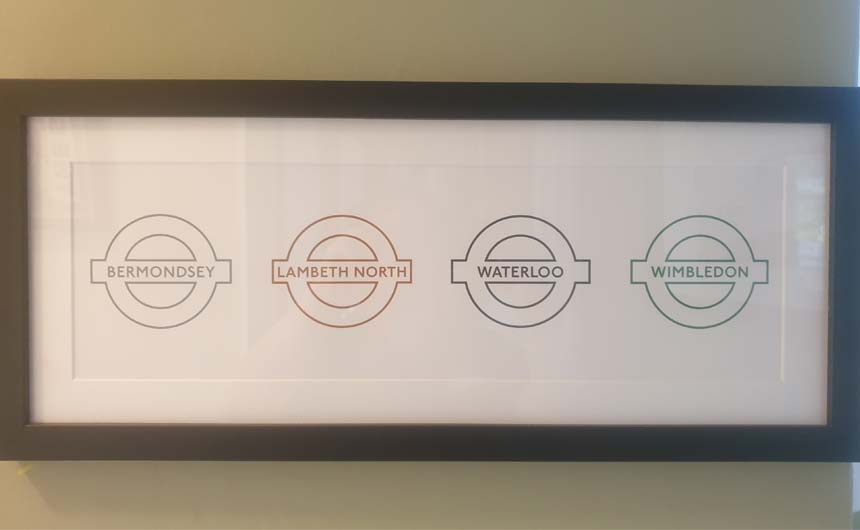
Staying with TfL, as a born and bred Londoner I have a great fondness for the history, design and iconography associated with London Underground and London buses so I have always taken a keen interest in what TfL has done licensing wise. One product line that I thought was really good was a range of products such as bags and cushions made from fabrics used on various buses and tube lines.
Not sure this was a licence or an own brand development by the Museum, but rather like my Tate DMs I kind of wished I had bought a Bakerloo Line cushion. That said I was lucky enough to be given a My Icon Story print last year. It featured London Underground roundels from stations that I know or use well including Waterloo and Bermondsey. This was a great gift and a great example of ‘new’ thinking in licensing. Personalisation meeting digital marketing.
I have it on the wall at home and it is a good reminder how heritage licensing has evolved and developed over recent years. It is a sector that seems prepared to embrace new licensing sectors and licensees. Heritage licensing could be a good stepping stone into licensing for ‘new to’ licensing companies.
Let’s hope that the sector continues to thrive. It is certainly a sector that shows licensing in a great light and is a great testimony to how licensing can help rights owners develop their business. Hopefully post-lockdown we will all take the opportunity to visit more museums and galleries. It is a great way to switch off and switch on at the same time.
Ian Downes runs Start Licensing, an independent brand licensing agency. His Twitter handle is @startlicensing – he would welcome your suggestions for what to look out for.








